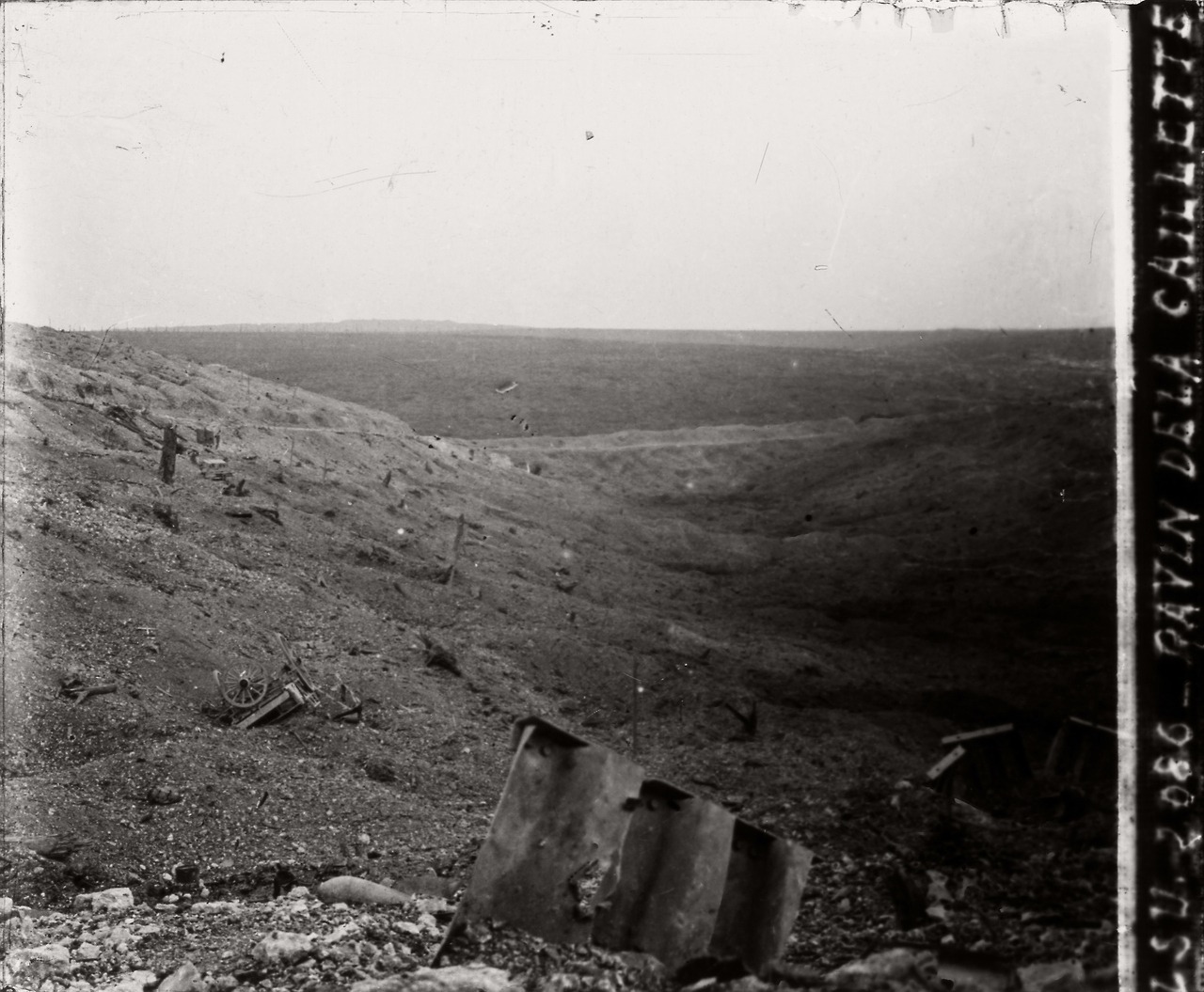

#Verdun ww1 definition movie
The Gallipoli Campaign- and its horrific cost to human lives-was immortalized in the 1981 movie Gallipoli. On the Turkish side, the campaign also cost an estimated 250,000 casualties, with 65,000 killed. In all, some 480,000 Allied forces took part in the Gallipoli Campaign, at a cost of more than 250,000 casualties, including some 46,000 dead. The British government authorized the evacuation from Gallipoli to begin from Suvla Bay on December 7 the last troops left Helles on January 9, 1916. In mid-October, Hamilton argued that a proposed evacuation of the peninsula would cost up to 50 percent casualties British authorities subsequently recalled him and installed Sir Charles Monro in his place.īy early November, Kitchener had visited the region himself and agreed with Monro’s recommendation that the remaining 105,000 Allied troops should be evacuated. With Allied casualties in the Gallipoli Campaign mounting, Hamilton (with Churchill’s support) petitioned Kitchener for 95,000 reinforcements the war secretary offered barely a quarter of that number. WATCH NOW The Decision to Evacuate Gallipoli The surprise landings at Suvla Bay proceeded against little opposition, but Allied indecision and delay stalled their progress in all three locations, allowing Ottoman reinforcements to arrive and shore up their defenses.

In an attempt to break the stalemate, the Allies made another major troop landing on August 6 at Suvla Bay, combined with a northwards advance from Anzac Cove towards the heights at Sari Bair and a diversionary action at Helles. (The latter site was later dubbed Anzac Cove, in honor of the Australian and New Zealand troops who fought so valiantly against determined Turkish defenders to establish the beachhead there.)Īfter the initial landing, the Allies were able to make little progress from their initial landing sites, even as the Turks gathered more and more troops on the peninsula from both the Palestine and Caucasus fronts. Despite suffering heavy casualties, they managed to establish two beachheads: at Helles on the peninsula’s southern tip, and at Gaba Tepe on the Aegean coast. On April 25, 1915, the Allies launched their invasion of the Gallipoli Peninsula. Meanwhile, the Turks boosted their defenses under the command of German general Liman von Sanders, who began positioning Ottoman troops along the shore where he expected the landings would take place. British War Secretary Lord Kitchener appointed General Ian Hamilton as commander of British forces for the operation under his command, troops from Australia, New Zealand and the French colonies assembled with British forces on the Greek island of Lemnos. In the wake of the failed naval attack, preparations began for large-scale troop landings on the Gallipoli Peninsula. On March 18, 18 Allied battleships entered the straits Turkish fire, including undetected mines, sank three of the ships and severely damaged three others. Under tremendous pressure to renew the attack, Admiral Sackville Carden, the British naval commander in the region, suffered a nervous collapse and was replaced by Vice-Admiral Sir John de Robeck.

Turkish forces abandoned their outer forts but met the approaching Allied minesweepers with heavy fire, stalling the advance. Spearheaded by the first lord of the British Admiralty, Winston Churchill (over the strong opposition of the First Sea Lord Admiral John Fisher, head of the British Navy), the naval attack on the Dardanelles began with a long-range bombardment by British and French battleships on February 19, 1915. His political capital damaged by the debacle, the future prime minister later resigned his own position and accepted a commission to command an infantry battalion in France. If successful, the capture of the straits would allow the Allies to link up with the Russians in the Black Sea, where they could work together to knock Turkey out of the war.ĭid you know? In May 1915, Britain's First Sea Lord Admiral John Fisher resigned dramatically over the mishandling of the Gallipoli invasion by First Lord of the Admiralty Winston Churchill. In response, the Allies decided to launch a naval expedition to capture Constantinople (now Istanbul) and seize the Dardanelles Straits, a narrow passage connecting the Aegean Sea to the Sea of Marmara in northwestern Turkey.


 0 kommentar(er)
0 kommentar(er)
